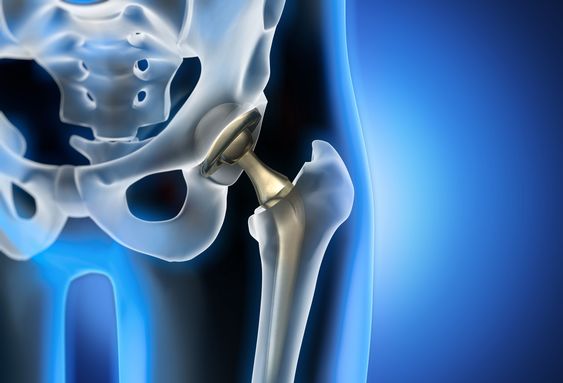Introduction:
Hip pain can significantly impact your quality of life, making everyday activities like walking, standing, and even sleeping a challenge. When non-surgical treatments fail to provide relief, hip replacement surgery often emerges as a viable solution. This comprehensive guide will walk you through the intricacies of hip replacement surgery, covering everything from who it's for to what to expect during recovery.

Hip replacement surgery, also known as total hip arthroplasty, involves replacing a damaged hip joint with an artificial implant. This procedure aims to alleviate pain, improve mobility, and help you reclaim an active lifestyle. This guide will serve as a valuable resource throughout your journey, equipping you with the knowledge and understanding needed to make informed decisions.
Understanding Hip Replacement Surgery
This section will cover the following aspects of hip replacement:
- Candidacy: Who is a suitable candidate for hip replacement surgery? We'll explore the factors doctors consider, such as the severity of pain, joint damage, and overall health.
- Types of Hip Replacements: Learn about the different types of hip replacement procedures, including traditional hip replacement and minimally invasive options.
- Procedure Details: A step-by-step explanation of what happens during hip replacement surgery, from anesthesia to the surgical techniques employed.
Preparing for Hip Replacement
Discover essential information about preparing for your hip replacement:
- Pre-operative Assessment: Understand the importance of pre-operative evaluations, including medical history review, physical examination, and necessary tests.
- Lifestyle Modifications: Explore recommended lifestyle changes before surgery, such as quitting smoking, managing weight, and optimizing nutrition.
- Home Preparation: Get your home ready for a smooth recovery by making necessary modifications like rearranging furniture and gathering assistive devices.
Recovery and Rehabilitation
This section will guide you through the recovery process:
- Post-Surgery Expectations: Understand the immediate post-operative period, including pain management, wound care, and early mobilization.
- Physical Therapy: Learn about the critical role of physical therapy in regaining strength, flexibility, and range of motion in your new hip.
- Long-Term Outlook: Discover what to expect in the long term after hip replacement, including activity levels, potential complications, and implant longevity.

.jpg)